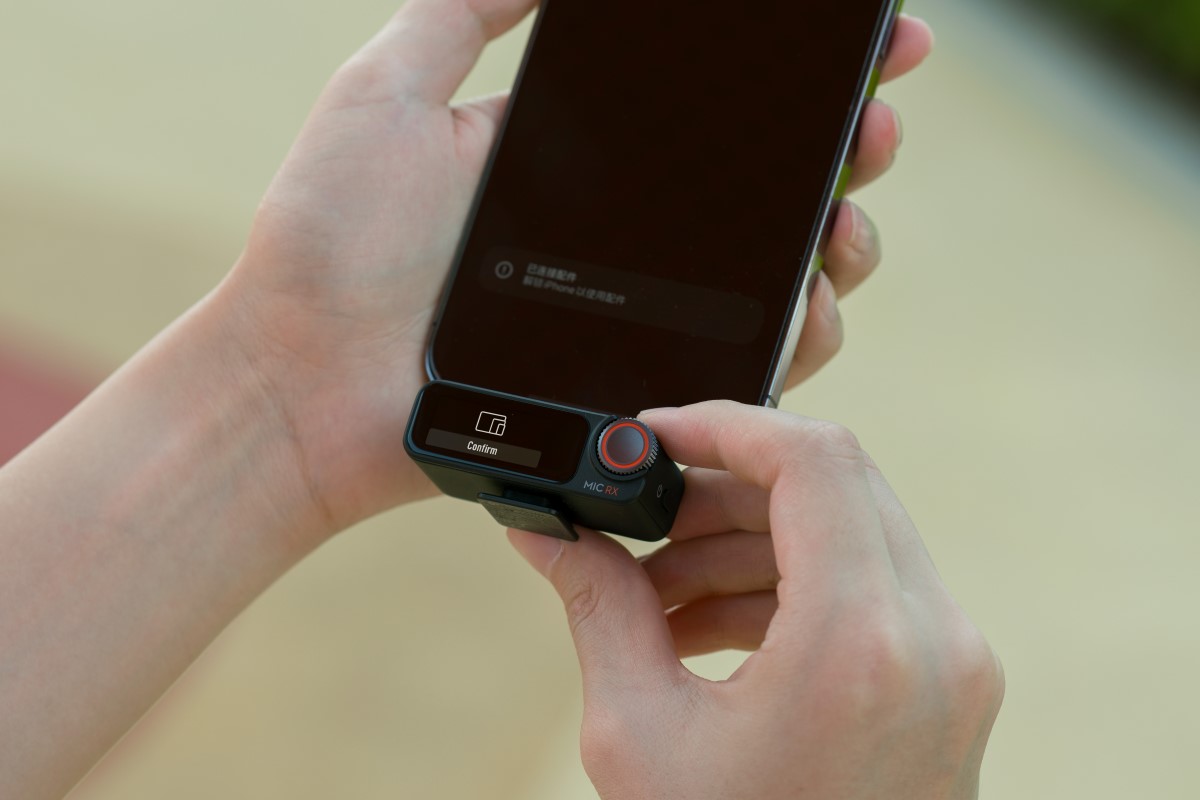
DJI has released a new firmware update for its latest audio recording solution, Mic 2. This is the first firmware update for the product that came out last month.
The upgraded, ready-to-use wireless microphone DJI Mic 2 comes equipped with omnidirectional audio capture, intelligent noise canceling, and 32-bit floating-point internal recording. It is ideal for those looking to produce detail-rich audio content for vlogs, interviews, and livestreams.
The new firmware, v04.03.08.31, packs in a bunch of new features and bug fixes for Mic 2. Here are the complete release notes, as shared by DJI:
- Adds Transmitter Auto Off function, enabled by default. The transmitter, when not connected to any device and without independent recording activated, will automatically shut down after 15 minutes of no use when this function is enabled.
- Adds Noise Reduction via Power Button, enabled by default. You can press the power button to enable or disable noise reduction.
- Adds compatibility with the iPhone 15 series, supporting the receiver to be used while charging when connecting to a mobile phone via the mobile device adapter.
- Optimizes the stability of the system during use.
- Fixes the issue of the transmitter not switching to Bluetooth mode while internal recording was activated.
- Fixes the issue of the transmitter, when directly connected to a Bluetooth device, incorrectly indicating support for internal recording and noise reduction through the LED information.
- Fixes some additional known issues.
Also read: How to use DJI Avata drone for indoor mapping
How to update DJI Mic 2 firmware
You can update the firmware by connecting the transmitters and the receiver to the computer one at a time. Follow these steps:
- Download the firmware from the product page here.
- Connect a transmitter or the receiver to the computer using the USB-C cable provided. When connecting to a computer, the receiver needs to be in the “off” state, and the transmitter can be either in the “on” or “off” state.
- Place the downloaded firmware update package .bin file under the root directories of the transmitter or receiver.
- After disconnecting from the computer, the receiver will start upgrading automatically, and the screen will display the message “updating”. The transmitter needs to be powered on to start updating automatically. The System Status LED will blink red and green alternately during this process.
Once the update is complete, the firmware version can be viewed on the receiver to confirm that it has been successfully bumped up to the latest firmware.
Read more: DJI releases new firmware for Osmo Pocket 3 camera
FTC: We use income earning auto affiliate links. More.






Comments